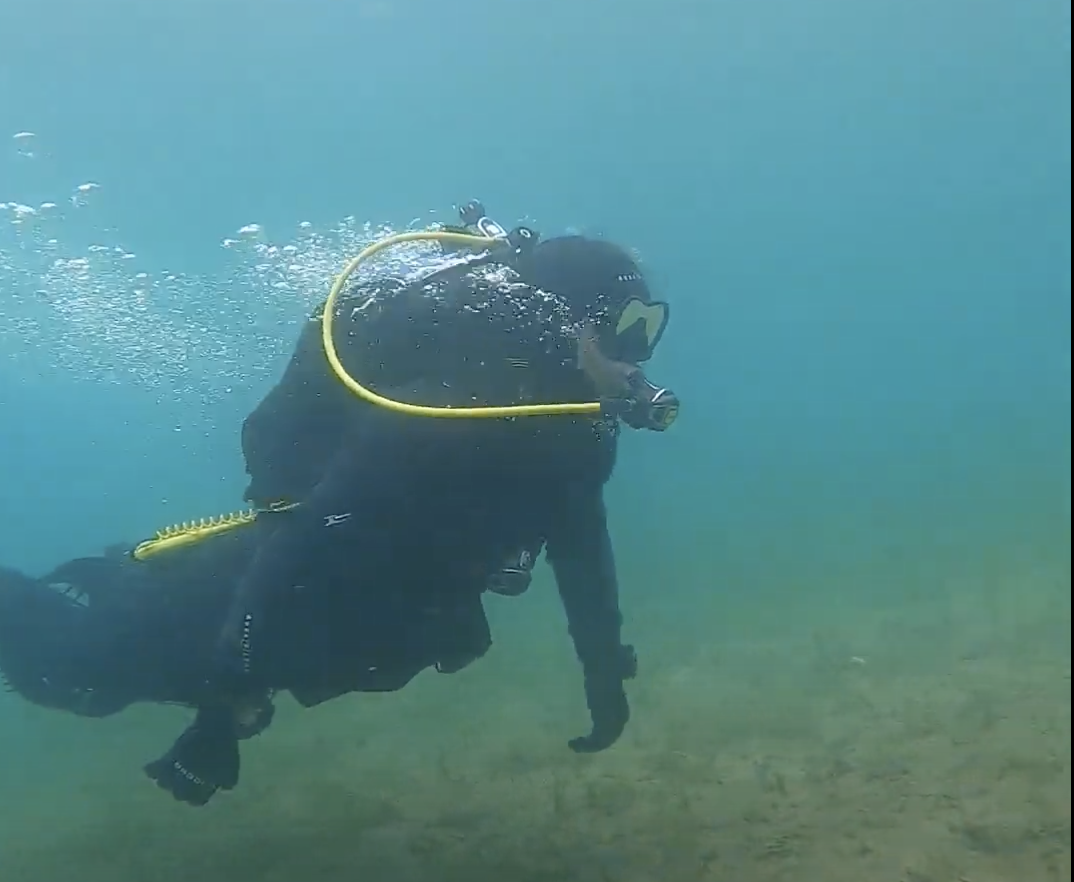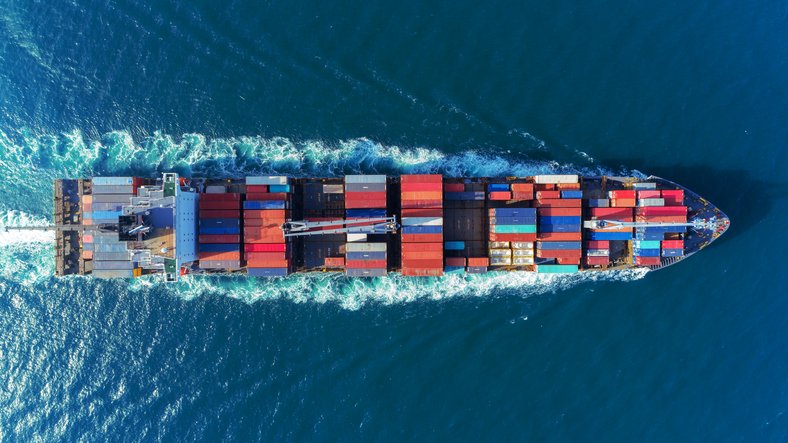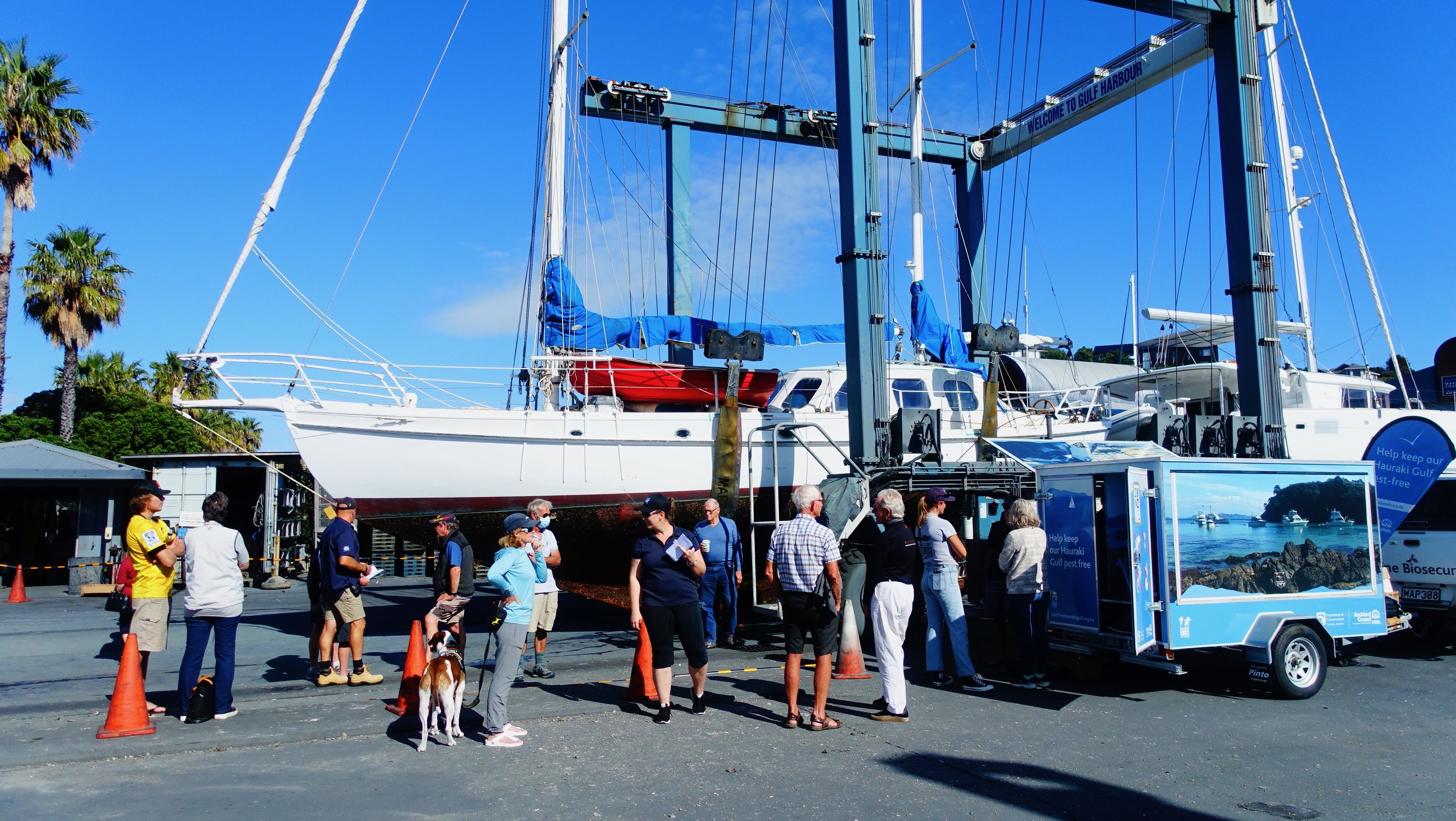
Marine pests explained
Our defence system
Risk is minimised before boats even arrive at the border
Surveillance of boats and infrastructure early detection of marine pests
Getting out and talking to boaties at boat shows and events like this one in Gulf Harbour
Imagine if we could rewind the clock and, knowing what we know now, stop the arrival of harmful introduced species like rats, possums, gorse and privet into New Zealand. We still have that chance for our coastlines.
Marine biosecurity, the maritime counterpart to terrestrial biosecurity, is all about taking action now to prevent the introduction and spread of harmful marine pests in our marine environments.
New Zealand already has one of the most robust marine biosecurity systems in the world, starting even before boats reach the border. We were the first country to introduce controls for both marine biofouling and ballast water, and a number of other countries have since followed.
Most marine pests arrive in New Zealand on vessels. But some arrive via natural means, which takes a lot longer and provides many natural barriers. It is much more difficult and expensive to eradicate a harmful marine pest than it is to stop it arriving in the first place and that is why we have an extensive marine biosecurity system including:
Pre-border defences
Our biosecurity system starts long before vessels arrive with pre-border regulations and procedures. This includes agreements with international shipping companies and ports, analysis of risk, permits, and requirements that all vessels arriving from overseas must meet.
Border defences
The second layer designed to capture marine pests is a series of strategies in places at the border including inspections and clearance standards. The Craft Risk Management Standard requires all vessels to be free of marine pests on arrival and applies to all vessels coming into our waters.
Domestic interventions
Occasionally a marine pest will slip through the pre-border and border defences. Therefore once vessels are in New Zealand we have domestic interventions - a system of surveillance and investigation in place. Our strategies at this level include modelling, sampling, trapping, monitoring and surveying. If marine pests are found, we have a system that enables us to provide a response. By way of example, we have been able to suppress and even eradicate Mediterranean fanworm in places like Tauranga Harbour and Tutukaka. Education and advocacy plays a major role in domestic protections too.



